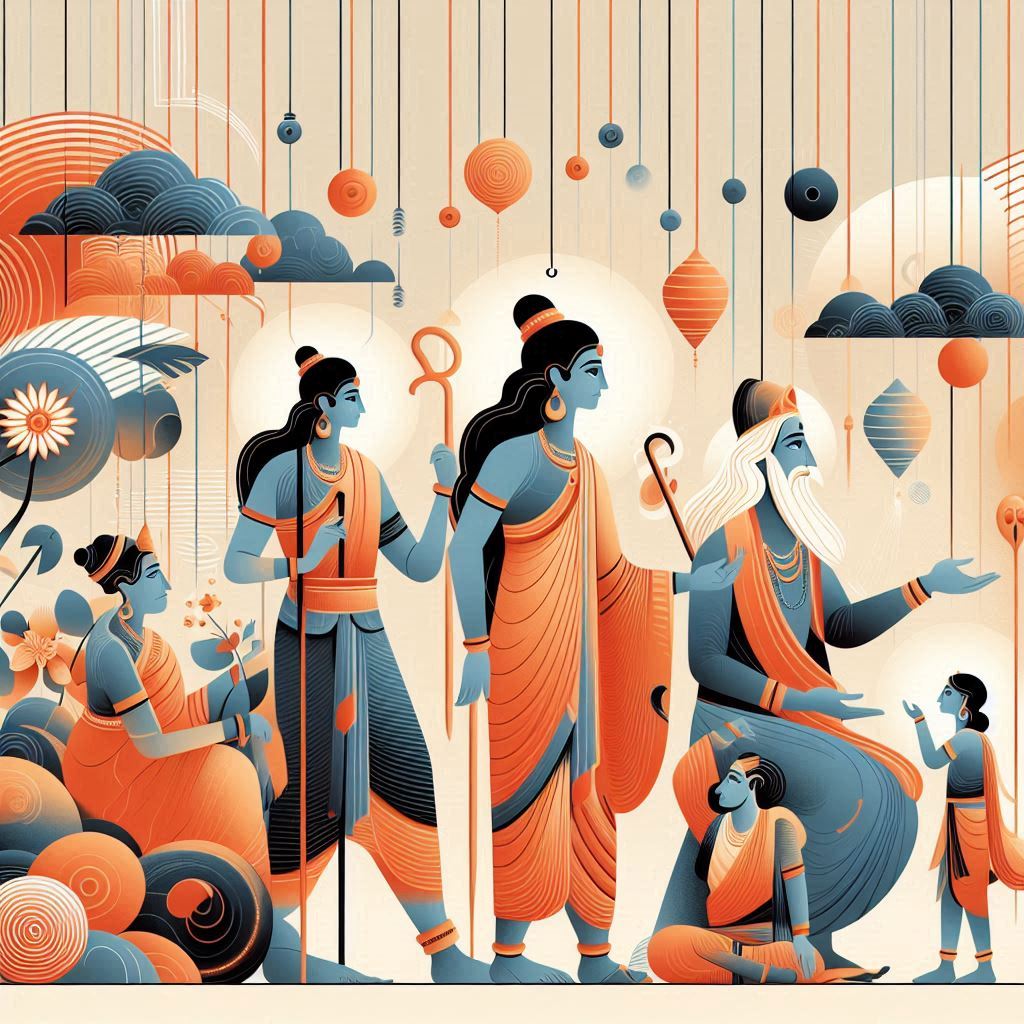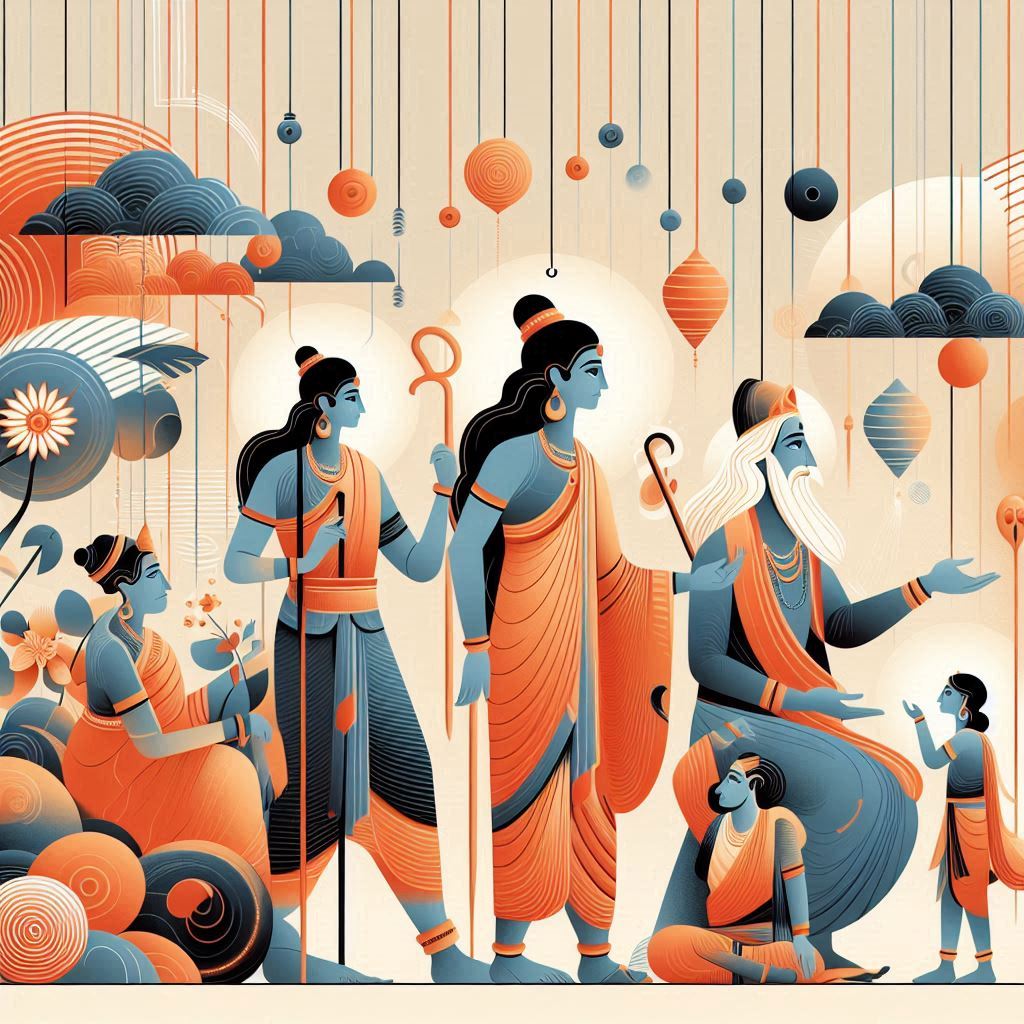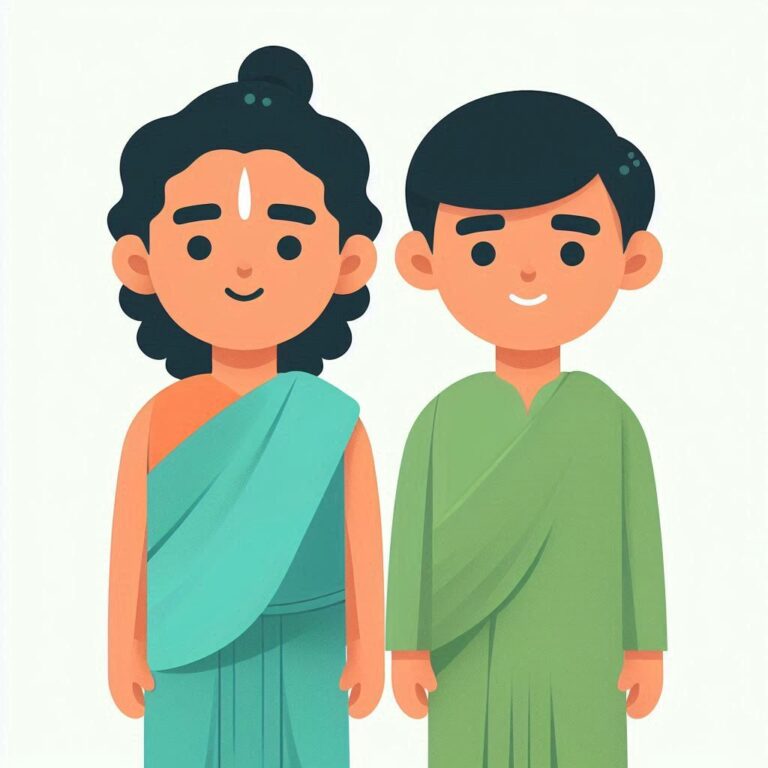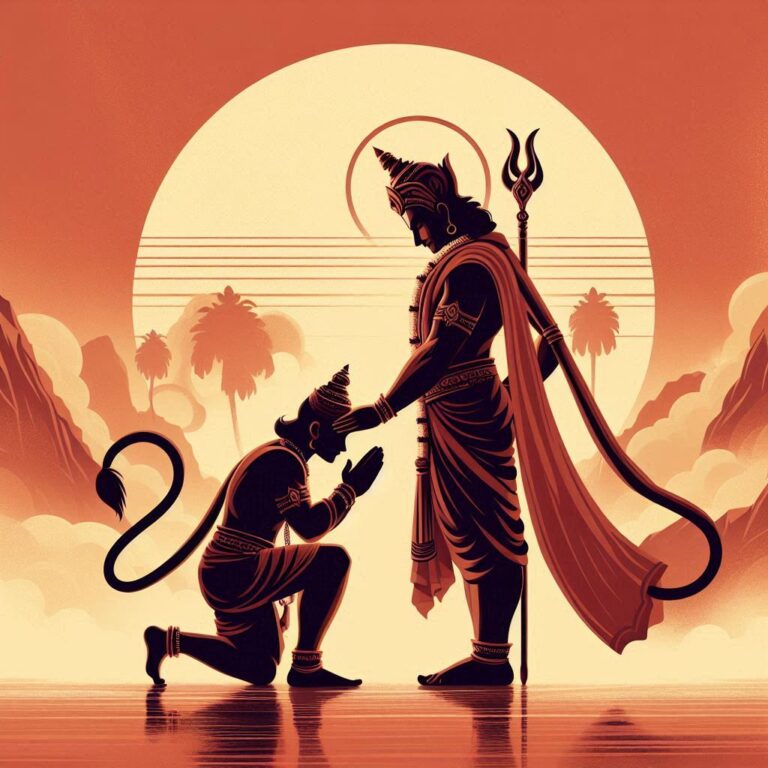Exploring Family Values and Relationships in the Ramayana
Unpacking Family Values in the Ramayana
When we dive into the rich world of Indian mythology, the epic tale of the Ramayana emerges as a treasure trove of wisdom, especially in terms of family values and relationships. Written by the sage Valmiki, the Ramayana isn’t just a story of heroism and adventure; it’s deeply rooted in the fabric of familial bonds, love, duty, and respect. So, let’s embark on this journey together and unpack these values, shall we?
The Significance of Family in the Ramayana
At its core, the Ramayana is a narrative that illustrates how family forms the very foundation of society. In every character, from Lord Rama to Sita, we find examples that mirror our own relationships. Have you ever thought about how the lessons from these epic characters apply to your daily life? Let’s explore some of these timeless values.
1. Respecting Parent’s Wishes
One of the most profound lessons in the Ramayana is the importance of respecting your parents’ wishes. When Rama is banished to the forest, he doesn’t merely accept it; he embraces it. Why? Because he puts his father’s honor above his own desires. This selfless act teaches us that family values often require personal sacrifice.
दोहा
“सुनु मन स्नेह बडाइ, पितु मोहि सन्मति दे,
ब्रम्हत्व ज्ञानी के नान्हीं, सच्चे काम करि ले।”
Sunu man sneh badai, pitu mohi sanmati de,
Brahmatv jnani ke nanhii, sacche kaam kari le.
Listen, dear heart, to the love of genuine respect, grant me wise counsel, for the bond of family must be kept together.
2. Sibling Affection and Loyalty
The bond between Rama and his brothers is a shining example of sibling love and loyalty. Lakshmana, Rama’s younger brother, is his shadow—devoted to the point of following Rama into exile. Their relationship demonstrates how siblings should support each other through thick and thin. Can you imagine having that kind of unwavering loyalty in your own life?
3. The Role of a Wife
Sita’s character is emblematic of loyalty, resilience, and virtue. Despite facing immense trials, her commitment to Rama remains unshakeable. When she chooses to accompany Rama into exile, she embodies the ideal of standing by your partner through all circumstances. Here’s an interesting shloka that reflects her devotion:
श्लोक
“यत्र नार्यस्तु पूज्यन्ते रमन्ते तत्र देवताः।”
Yatra naaryastu poojyante, ramante tatra devataah.
Where women are honored, there the gods are pleased.
This sentiment not only uplifts women but reinforces the idea that family values are as much about mutual respect and admiration as they are about duty.
4. The Importance of Honesty and Truth
In dealing with complex moral dilemmas, honesty is a recurring theme. The Ramayana teaches us that truth is an inviolable principle. When Rama is faced with the prospect of sending Sita away based on public opinion, it reflects the intricate layers of family relationships and societal pressures.
5. The Bond of Friendship
Beyond blood relationships, the Ramayana extols the virtues of friendship as well. The friendship between Rama and Hanuman showcases loyalty, devotion, and unwavering support. Hanuman’s selfless service to Rama exemplifies what it means to be a true friend. Can you think of a friend in your life who reflects similar qualities?
दोहा
“राम सखा हैं हनुमान, कामधेनु बान।
कामना सब ते सही, सदा तनि आन।”
Ram sakha hain Hanuman, kamadhenu baan,
Kamana sab te sahi, sada tani aan.
Hanuman is Rama’s friend, a heavenly gift indeed; fulfill all wishes, supporting in every need.
Navigating Conflicts Within Family
The Ramayana doesn’t shy away from presenting conflicts that arise within families—such as separation, misunderstanding, and duty. These conflicts are strikingly relatable. In our own families, we often face tough choices and situations where love is tested.
The Struggles of Bharata
Bharata, Rama’s brother, is another character who lights up the theme of familial loyalty. His anguish after Rama’s banishment exemplifies the pain a family may undergo due to circumstances beyond their control. When Bharata decides to rule Ayodhya in Rama’s name, he aligns with the values of love and duty, prioritizing what’s right over what feels comfortable.
श्लोक
“धर्मपत्नी धर्मात्मा धनात्मा च यशस्विनी।”
Dharmapatni dharmatma dhanatma cha yashasvini.
The righteous wife, the virtuous soul, wealth in righteousness, and the one who brings fame.
Facing Social Pressure
In today’s world, familial duty often clashes with personal aspirations—a theme very much alive in the Ramayana. Consider how Rama chose duty over personal happiness. Isn’t it fascinating how, even centuries later, we grapple with similar challenges?
Lessons from the Ramayana for Modern Families
After exploring these values, you might wonder—what practical lessons can we take from these ancient tales? Here are a few:
- Prioritize Honesty: Truth should always be at the forefront of every relationship.
- Foster Loyalty: Encourage bonds that withstand time and trials.
- Embrace Sacrifice: Understand that sometimes love means putting others before yourself.
- Enhance Communication: Share your thoughts and feelings openly.
- Value Every Member: Every family member brings unique qualities that enrich the dynamic.

Conclusion
The Ramayana is not just a tale of gods and kings; it’s a reflection of our own family dynamics. Through the teachings of love, duty, respect, and sacrifice, we are encouraged to cultivate strong family ties and nurture relationships filled with understanding. So the next time you find yourself at a crossroads in a relationship, consider what the Ramayana might suggest.
FAQs
-
What are the main family values depicted in the Ramayana?
- The Ramayana emphasizes values like loyalty, respect, sacrifice, truthfulness, and the bond of unconditional love within families.
-
How does Sita’s character embody family values?
- Sita exemplifies loyalty, resilience, and the power of partnership, showcasing her unwavering commitment to Rama despite adversity.
-
What moral lessons can modern families learn from the Ramayana?
- Families today can learn about the importance of communication, loyalty, honesty, and respect for individual roles within the family structure.
-
Does the Ramayana address family conflicts?
- Yes, it explores the complexities of familial relationships through various characters and their challenges, illustrating that conflict is a natural part of family life.
-
What role does friendship play in the family dynamic in the Ramayana?
- The bond between Rama and Hanuman portrays the significance of loyalty and support, emphasizing that friendships can be as vital as family bonds in one’s life journey.
By intertwining mythology with everyday realities, we can glean insights that resonate through generations, transforming our understanding of what it means to be a family.







